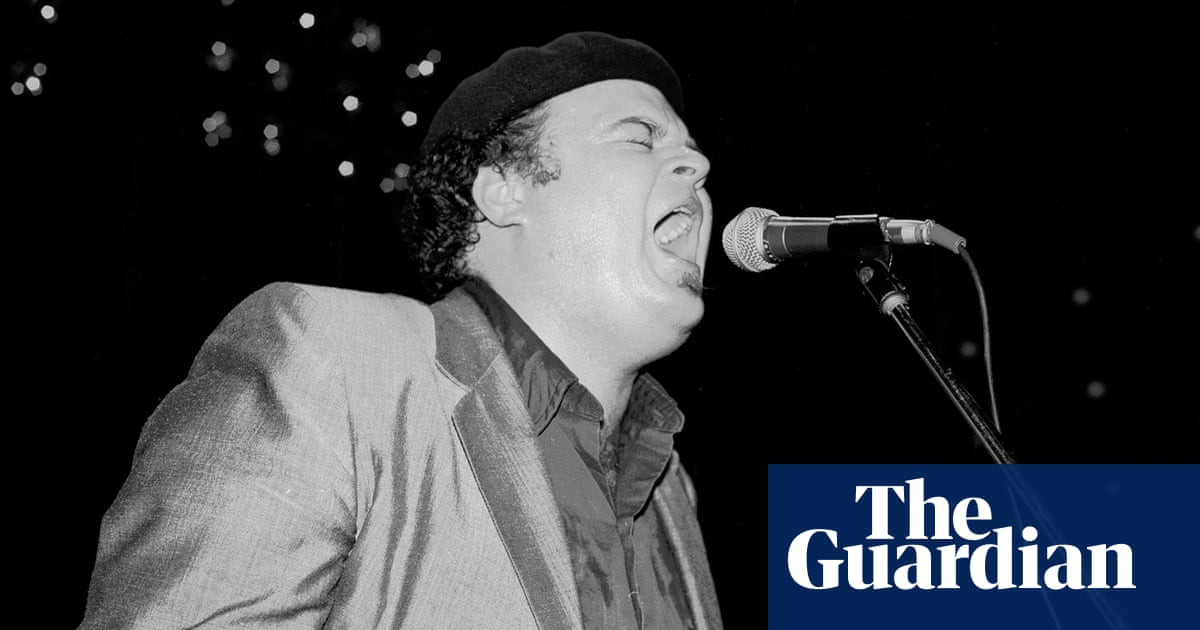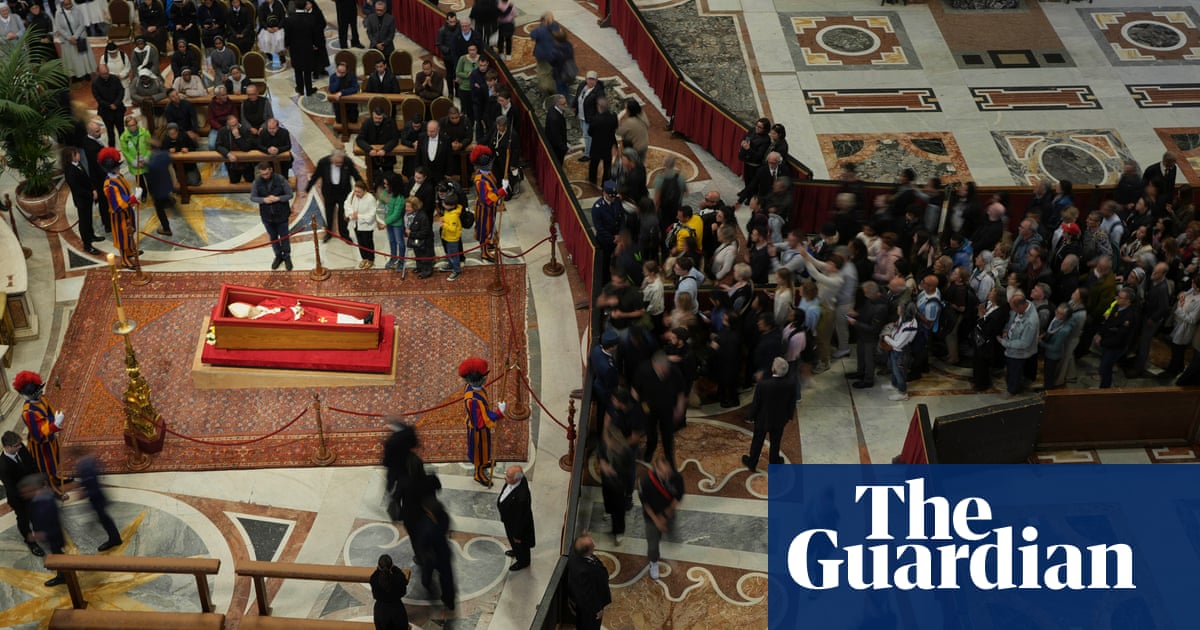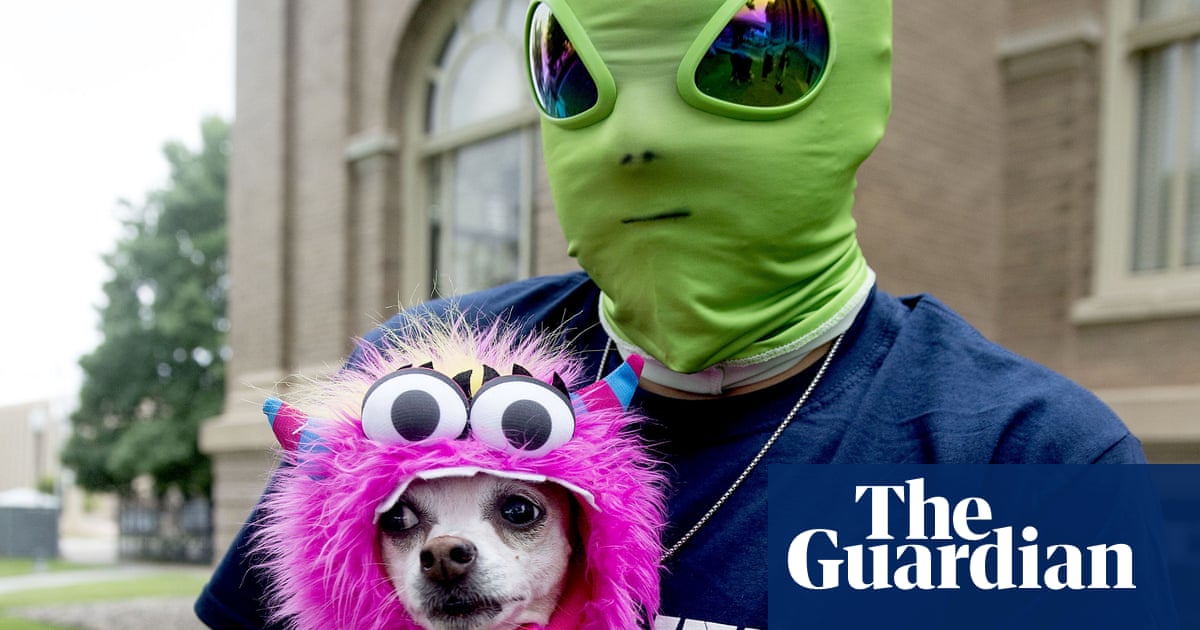Whether self-portraits saturated in blue tones or sex workers elegantly dressed in suits, Hawa Awanle Ayiboro says her paintings are all infused with her childhood struggles. Ayiboro was 12 when she faced becoming a child bride.
The pressure to marry a much older man came from her mother, who first sent her to cook and clean at his house. However, with the support of an aunt, Ayiboro was able to resist. She later channelled her experiences into art, now showcased in a solo exhibition, Fine Feathers Don’t Make Fine Birds, at the renowned Gallery 1957, opening on 13 February in Ghana’s capital Accra.

“I was in junior secondary school when my mother introduced me to a man from our community. At first, I kept saying no, but it became serious,” says Ayiboro, 27, who was raised in a strict Muslim household with three siblings.
“The man had seen me grow up and said he was interested because I was ‘so innocent’,” she recalls. “It all started with a gift – a small mobile phone I was excited about. I didn’t know it came from him until my mother said I should call and check on him. When I found out, I was furious. I threw the phone back at him. That led to a fight, and my mother kicked me out. I felt powerless but finally confided in my aunt, who helped me push back.”
Ayiboro’s mother, a kayayei (head porter) who sold food and drink, was herself a bride in her early teens.
There are more than two million child brides in Ghana, according to Unicef, with one in five girls married or in a union before their 18th birthday. While child marriage is in decline globally and Ghana has made strides in tackling the tradition, in sub-Saharan Africa it is still estimated that one in three girls are marrying before the age of 18.
Ayiboro says she initially resented her mother, “but I’ve let go of that anger now”.
Self-taught, Ayiboro began painting by copying YouTube tutorials after she left a job as a receptionist at the age of 22. She was also mentored by a local street artist.

Ayiboro’s first major work, Seeking Beyond the Wall, was a series of self-portraits.
“I was exploring the concept of home – what it truly means – because during that time, as I was experiencing the weight of becoming a child bride, I felt incredibly alone,” she says about the series produced between 2019 and 2020. “It was so isolating that I couldn’t share what I was going through with anyone.”
after newsletter promotion
It was during a trip to Tamale in the northern region of Ghana in 2023 that Ayiboro realised “that the root cause of child marriage is a combination of lack of education and poverty”.
“Many parents marry off their children because they don’t have enough resources. It’s almost like an exchange – parents give away their children in return for support for the family.”
Ayiboro is fascinated by aspects of Ghanian life that are “often hidden or misunderstood”. She paints marginalised women, and says she wants to capture the spirit of west African women overcoming patriarchal society barriers.

A distinctive feature of her work is the shades of blue skin, signifying “freedom from limitations and control akin to the vastness of oceans and seas”, she says. In northern Ghana, blue also represents royalty.
For her most recent works, she has photographed sex workers, and kayayei women, who experience a lot of physical and sexual abuse.
“At first glance, you wouldn’t recognise these figures as sex workers or kayayei women,” she says. “But the suit shifts their narrative and identity.”
The exhibition comes at the end of a seven-month residency with Gallery 1957, founded in 2016 by Marwan Zakhem, a British engineer and art collector, and which now has three exhibition spaces in Accra and one in London supporting Ghana’s flourishing contemporary art scene.
Ayiboro has gained recognition through her affiliation with Artemartis, a collective of five Ghanian artists established in 2018 by Selasie Gomado.

“What started with small-scale exhibitions in Accra’s restaurants has blossomed into collaborations with some of the most prestigious institutions in the art world,” Gomado says, citing the likes of Phillips Auction House and the 1-54 Art Fair.
“In Artemartis, one artist’s challenge is shared by all, and one artist’s triumph is celebrated by everyone.”

.png) 2 months ago
21
2 months ago
21













































